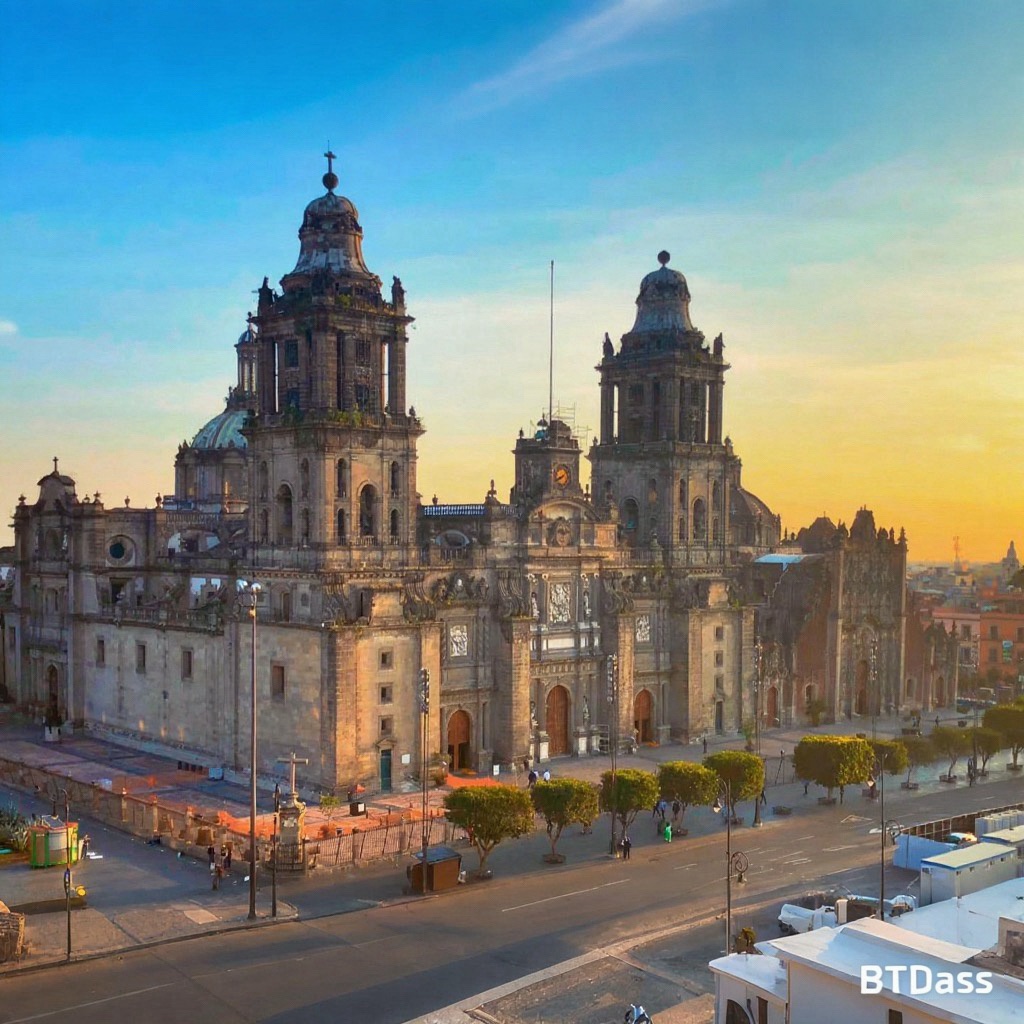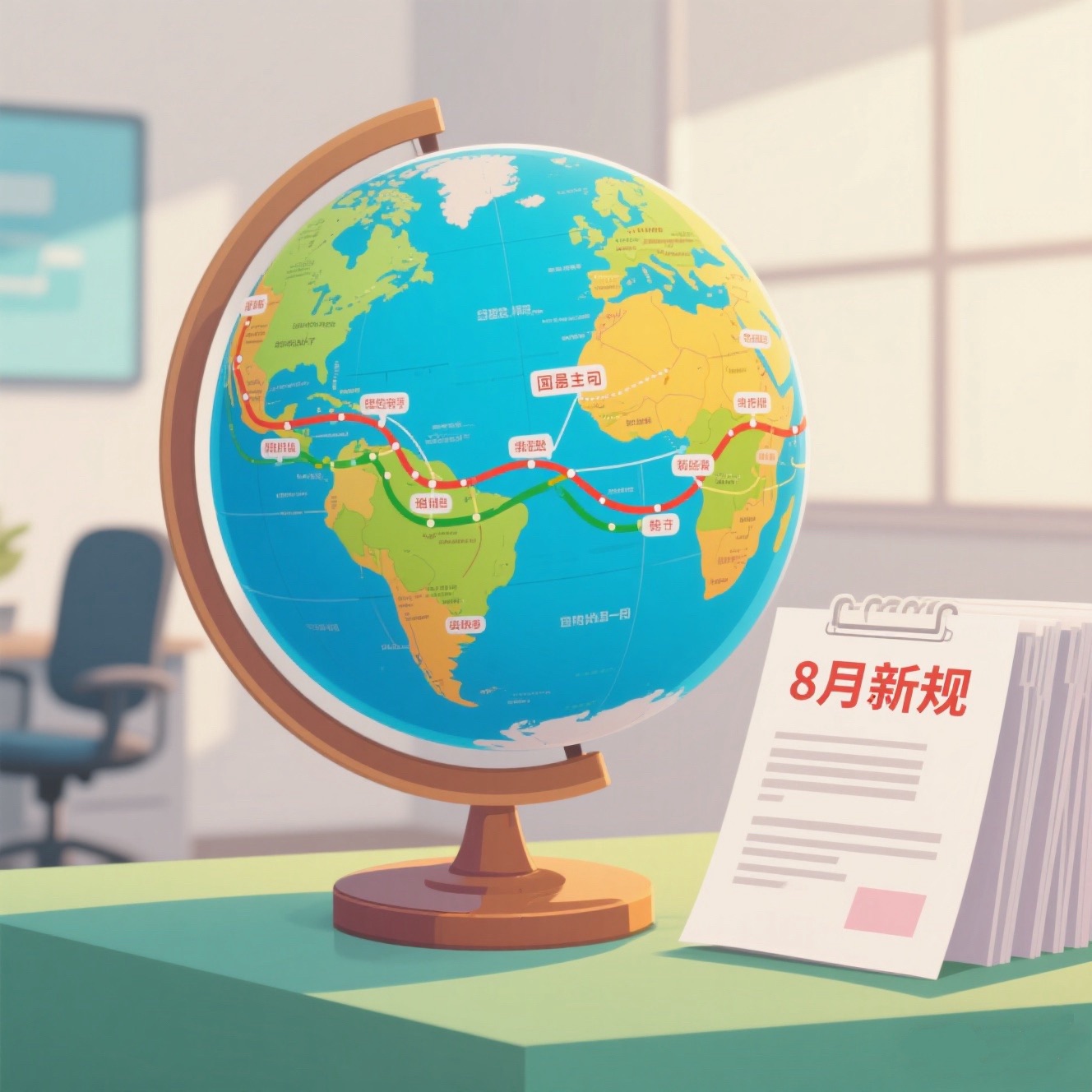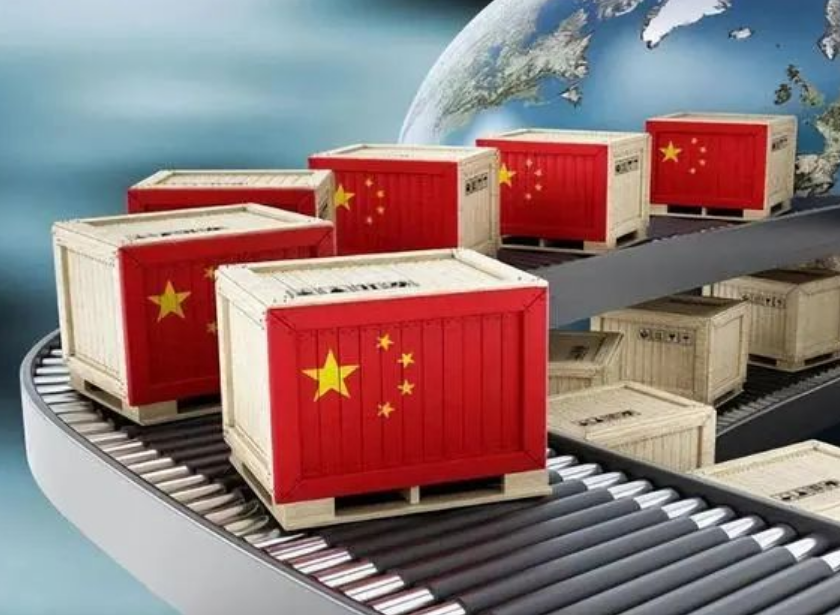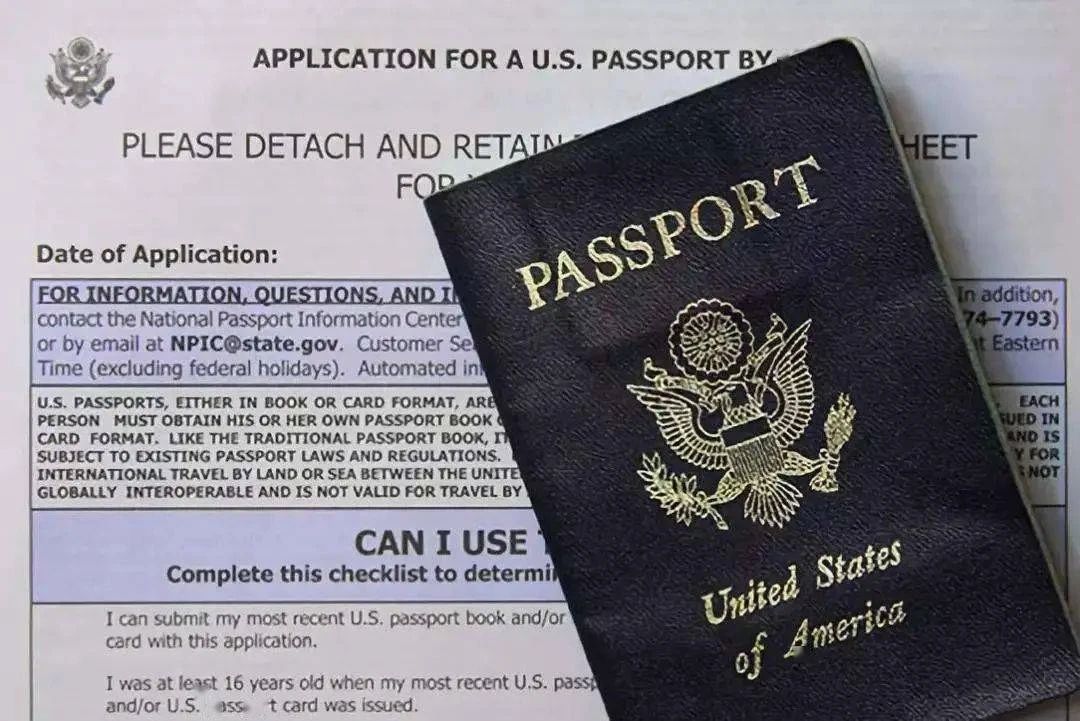
Policy Interpretation | Mexico Significantly Raises Tariffs on Low-Value Imports, Targeting Cross-Border E-Commerce and Reshaping Regional Supply Chains
“The Mexican Ministry of Finance recently issued a resolution through the Official Gazette of the Federation (Diario Oficial de la Federación), announcing adjustments to tariff regulations for low-value cross-border parcels. The new regulations stipulate that starting August 15, 2025, the tariff rate for imported goods valued below US$50 and shipped to the Mexican market via express or parcel services will be significantly increased from the original 19% to 33.5%.”
I. Key Points of the New Policy: Tariff Adjustment Details and Scope of Application
The Mexican Ministry of Finance officially implemented a new import tariff policy on August 15, 2025, with a focus on adjusting tax rates for low-value cross-border parcels. According to the resolution published in the Official Gazette of the Federation (DOF), the core adjustments include:
1.Sharp Increase in Low-Value Goods Tariffs: For imported goods valued below $50 (entering the Mexican market via express or postal channels), the tariff rate has been significantly raised from 19% to 33.5%.
2.Differentiated Treatment for Trade Partners:
◎Non-Treaty Countries (e.g., China): Goods under $50 are subject to a 33.5% tariff across the board.
◎USMCA Member Countries (U.S. and Canada):
Parcels under $50 remain duty-free.
Parcels between $50–$117 maintain a 17% tariff.
Parcels above $117 see a slight increase from 17% to 19%.
3.Unified High-Value Goods Tariff: All shipments above $117 (including those from USMCA countries) will be taxed at 19% (up 2 percentage points from before), provided they have complete shipping documentation.
II. Policy Background: Escalating Protectionism and Regional Trade Games
Mexico’s tariff adjustment is not an isolated move but a continuation of recent trade protectionist policies:
★January 2025: Mexico eliminated the duty-free threshold for Chinese goods under $50, imposing a 19% tariff uniformly.
★Same Period: A 16% VAT was imposed on all cross-border e-commerce businesses, with an additional 20% income tax withholding for sellers not registered with the RFC tax code, pushing the total tax burden to 36%.
★July 2025: The Trump administration signed an executive order imposing a 40% "transshipment tax" on goods rerouted through third countries to evade tariffs, directly targeting Chinese supply chains.
Industry experts widely believe Mexico’s move aims to "kill three birds with one stone":
1.Protect Domestic Industries: Labor-intensive sectors like textiles and footwear, long impacted by cheap imports, gain breathing room under the new tariffs.
2.Block "Backdoor Entry to the U.S.": Prevent Chinese goods from using Mexico as a transit point to bypass U.S. tariffs, aligning with Washington’s "supply chain de-risking" demands.
3.Boost Fiscal Revenue: With Mexico’s cross-border e-commerce market nearing $45 billion annually, closing tax loopholes could significantly increase government revenue.
III. Impact Analysis: Disrupting Cross-Border E-Commerce and Reshaping Regional Trade Dynamics
1.Surge in Costs for Chinese Sellers
◎Example: A product with a $10 cost now faces:
$3.35 (33.5% tariff) + $1.60 (16% VAT) + logistics fees → Final retail price must approach $20 to break even, eroding price competitiveness.
◎Platforms like Temu and Shein may be forced to raise prices or shift to localized inventory, risking short-term market share losses.
2.Further Integration of North American Supply Chains
◎USMCA members retain preferential tariffs, strengthening the competitiveness of U.S. and Canadian goods in Mexico.
◎Some Chinese firms may consider setting up factories in Mexico to avoid tariffs but must weigh labor costs and business environment risks.
3.Reshuffling of Latin America’s E-Commerce Market
◎Mexico has 80 million e-commerce users, with market size projected to exceed $65 billion by 2029. Under the new tax regime, compliance becomes critical for survival.
◎Other Latin American countries (e.g., Brazil) may follow suit, potentially escalating regional trade barriers.
IV. Extended Observations: Chain Reactions Under the Global Wave of Trade Protectionism
Mexico’s tariff adjustments reflect two major trends:
★"Nearshoring" Acceleration: The U.S. pushes supply chains to relocate to North America, with Mexico as a key hub.
★"De-risking from China": Emerging markets, under U.S. pressure, gradually reduce reliance on Chinese trade.
Key Issues to Watch:
★Trump’s Tariff Threat Against Mexico: The U.S. has postponed its plan to hike tariffs on Mexican goods by 90 days; if negotiations fail, Mexico may further escalate trade barriers.
★Chinese Firms’ Countermeasures: Strategies like overseas warehousing, local partnerships, or pivoting to other emerging markets (e.g., Southeast Asia) to mitigate risks.
Conclusion
Mexico’s new tariff policy is both a defensive measure to protect domestic industries and a microcosm of global trade geopolitics. Cross-border e-commerce players must accelerate compliance transformations, while the restructuring of regional supply chains could redefine the economic landscape of Latin America and beyond.













